Transboundary Issues
Columbia River Basin
|
NEW ESRI StoryMaps: What's On Our Shelves & NWNL Song Library & No Water No Life ESRI |
Columbia River Basin
Canadian & US Voices of the Columbia River
at 2014 Transboundary Conference: A Sense of the Meeting
A Profile of the Columbia River Basin
The State of the Columbia River Basin
Threats to Columbia River Glaciers
The Youth
Grassroots Stewardship
U.S. Tribes and First Nations
The Original Treaty
Treaty Renegotiation
Ecosystem Functions
Salmon Restoration/Fish Passage
Energy
Governance
Solutions Needed
Transboundary Coordination
Other Existing Transboundary Groups
Historic Transboundary Agreements between Canada and US
Assessing the Conference
Conclusions Presented
All images © Alison M. Jones. All rights reserved.
Notes from the conference assembled by No Water No Life.
“Today’s conference shows how world peace works.”
The Conference was based on Chatham House Rule whereby participants are free to use the information received, but neither the identity, nor the affiliation of the speaker(s), nor that of any other participant maybe revealed. This report honors that anonymity.
Explanations regarding this report submitted by No Water No Life®:
– This assemblage of NWNL notes is not meant as a thorough accounting of all discussions or conclusions. Mistakes in transcriptions may have been made. (Corrections should be sent to alison@nowater-nolife.org.)
– Topics outlined here evolved from remarks made during conference.
Illustrations from the conference Graphic Wall were created on the spot to track conversations.
General Advice on Productive Negotiation Approach
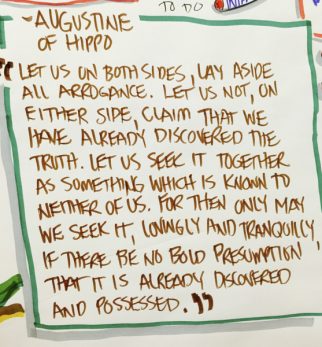
The current treaty situation/structure / negotiating progress: “A means to the end”
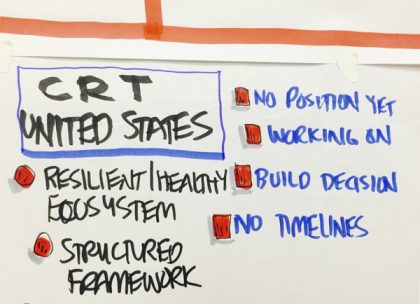
What’s missing? / Critique of current treaty: What do we want from a new treaty?
Challenges/ stumbling blocks in the upcoming negotiations
What can be created/added that will make a better treaty?
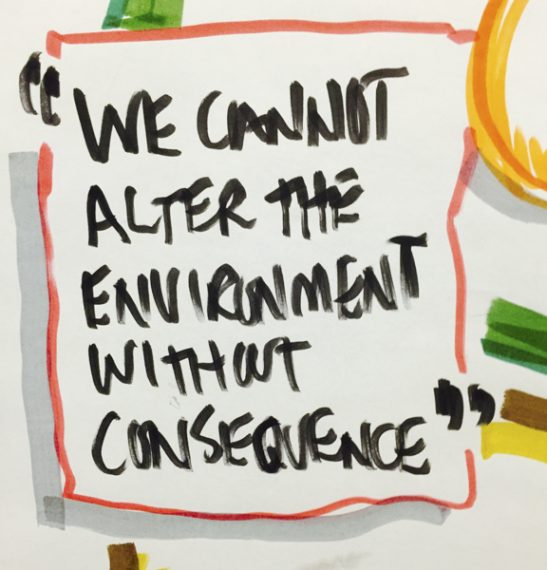
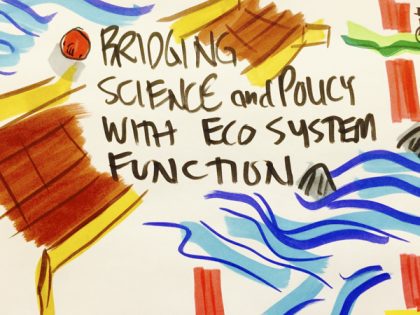
Audience asked: “Who doesn’t want salmon past the Grand Coulee?” Not one hand was raised. Conclusion: “That’s a starting point!”
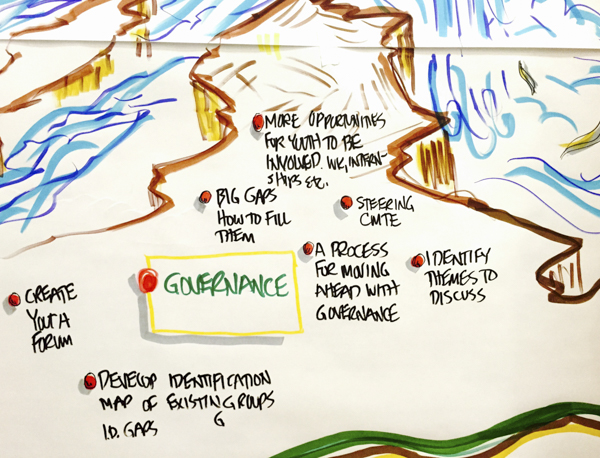
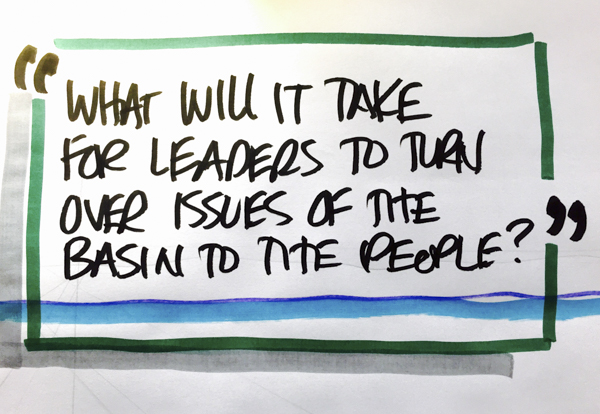

Resource: International Waters Governance specializes in negotiating and implementing international waters governance arrangements, and trains negotiators using real world negotiation simulation exercises.
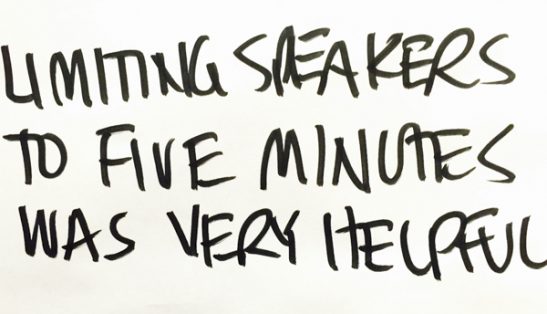
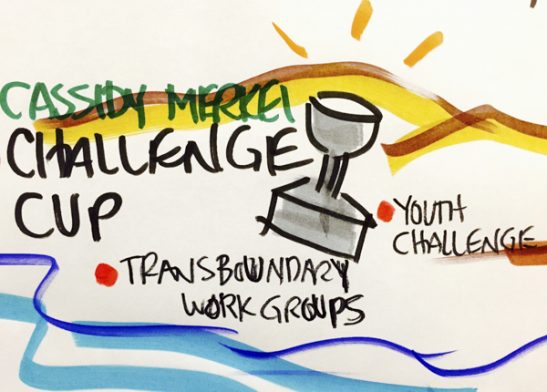
Posted by NWNL on November 14, 2014.
Transcription edited and condensed for clarity by Alison M. Jones, NWNL Director.
All images © Alison M. Jones. All rights reserved.
